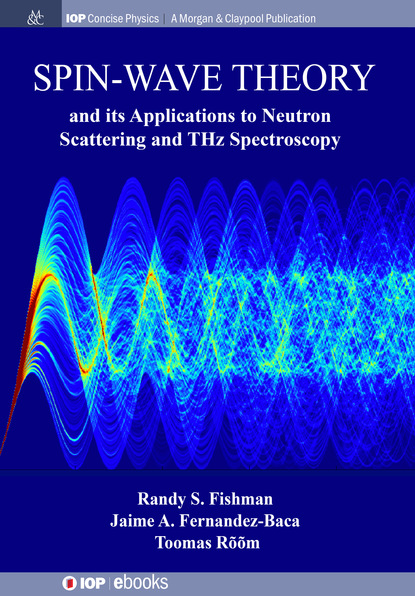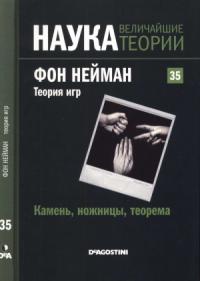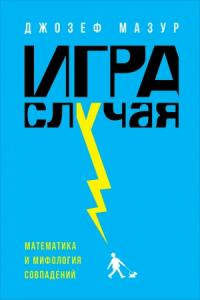
Spin-Wave Theory and its Applications to Neutron Scattering and THz Spectroscopy скачать fb2
Randy S Fishman - Spin-Wave Theory and its Applications to Neutron Scattering and THz Spectroscopy краткое содержание
Two of the most powerful tools used to study magnetic materials are inelastic neutron scattering and THz spectroscopy. Because the measured spectra provide a dynamical fingerprint of a magnetic material, those tools enable scientists to unravel the structure of complex magnetic states and to determine the microcscopic interactions that produce them. This book discusses the experimental techniques of inleastic neutron scattering and THz spectroscopy and provides the theoretical tools required to analyze their measurements using spin-wave theory. For most materials, this analysis can resolve the microscopic magnetic interactions such as exchange, anisotropy, and Dzyaloshinskii-Moriya interactions. Assuming a background in elementary statistical mechanics and a familiarity with the quantized harmonic oscillator, this book presents a comprehensive review of spin-wave theory and its applications to both inelastic neutron scattering and THz spectroscopy. Spin-wave theory is used to study several model magnetic systems, including non-collinear magnets such as spirals and cycloids that are produced by geometric frustration, competing exchange interactions, or Dzyaloshinskii-Moriya interactions. Several case studies utilizing spin-wave theory to analyze inelastic neutron-scattering and THz spectroscopy measurements are presented. These include both single crystals and powders and both oxides and molecule-based magnets. In addition to sketching the numerical techniques used to fit dynamical spectra based on microscopic models, this book also contains over 70 exercises that can be performed by beginning graduate students.
Скачать книгу «Spin-Wave Theory and its Applications to Neutron Scattering and THz Spectroscopy» Randy S Fishman
Чтобы оставить свою оценку и/или комментарий, Вам нужно войти под своей учетной записью или зарегистрироваться



